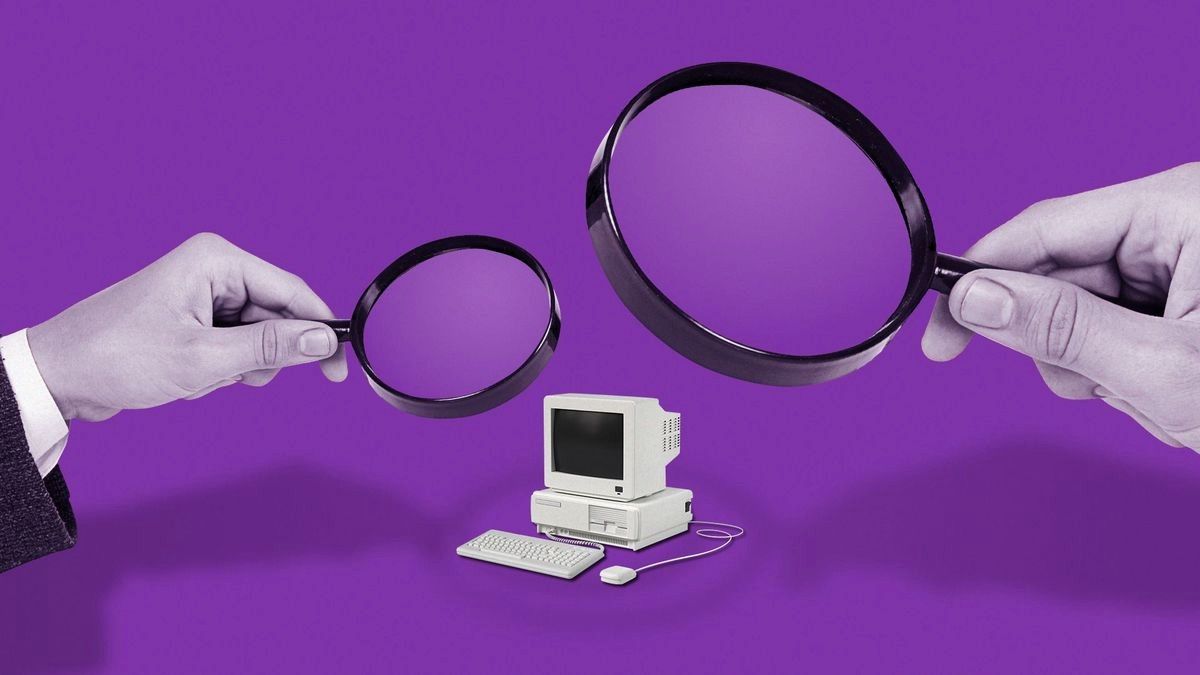Business Practices, eNews, Technology
Evolving Communication in the Workplace: Is Email Outdated?

As one of the most popular forms of communication in the work world, email provides an instant way to get your message across and conduct business. Several advantages come with email communication and almost all workplaces use the tool to communicate internally and externally. In fact, 75% of credit professionals said they use email as their primary form of contact with customers, according to an eNews poll—followed by phone call (21%) and text message or postal service (3%).
However, the email network is fragile. Most companies have had at least one employee fall victim to an email hack in the form of phishing or other security breaches—in some cases halting communication with the outside world entirely. In February, Microsoft Outlook experienced an increased number of Microsoft users whose inboxes had been flooded with spam due to its spam filters not working properly.
According to Princeton University’s Office of Information Technology, “On or around March 12, 2023, Microsoft made a change that made the delivery of bulk email more restrictive. Since the change, … [there has been] an increase in the number of bulk email messages being reported as junk and made a change to make the delivery of bulk emails more permissive on March 17, 2023.” Most Outlook users must now regularly check their junk folders for important emails that were inadvertently marked as junk and also must work with their IT departments to list certain regular email sender domains as acceptable. For example, to receive eNews without any issues, ask your IT department to list @nacm.org as an acceptable/allowed sender.
For credit professionals whose main point of contact with customers is email, it is crucial to ask customers to list their company domains as allowed so that messages are received to maintain open communication, ensure positive relationships and to get invoices timely received.
Always check your spam and junk folders. Some companies have policies in place to report or delete suspicious messages altogether. “Security wise, we have automatic notifications from our IT department where any email headings sent from an outside network will come with an immediate warning,” said Wesley Belleville, CCE, CICP, director of credit at Helena Agri Enterprises, LLC (Collierville, TN). “It gives us a heads up on exactly who you are sending to or receiving from. All unknown emails go to an automatic spam folder created by our company that captures emails and places those into the folder.”
Not all emails may have an official or verified domain that can be automatically detected. “At the beginning of each day, I get an email summary that scans through all emails and I can decide whether or not I want to release those into my main folder or not,” said Belleville. “Sometimes emails from outside attorneys, for example, will get sent to spam. Without double-checking through, those kinds of emails will remain lost.”
Separate your emails by priority status. The more you understand how to use a function, the better you can master it, said Merry Duan, senior strategic account analyst at Bayer Corporation (Saint Louis, MO). “You can create auto rules for particular senders and flow emails to specific folders to review later in order to prevent getting buried under non-important emails,” said Duan. “For non-important notifications, it’s helpful to unsubscribe altogether so they don’t come in your junk mail.”
Duan said she has four different categories for her emails—urgent-important, urgent non-important, important (non-urgent) and not important (non-urgent). It is easy to review an email and forget because it is no longer marked as unread, said Duan. “The best way to prevent forgetting about emails is to re-mark the notification as unread to come back and read it,” Duan added.
Set time aside to sort through emails. Another habit to develop is dedication to organizing your inbox during a time that does not interrupt productivity of your daily tasks. “We need to focus on task productivity daily and reading emails can reduce productivity if you get distracted from a notification,” said Duan.
Ask customers to put your email on their Safe Senders List. If your customers are claiming they are not receiving emails from you, it may be true in some cases. You will need to work with them to get added to their Safe Senders List or email address book. The issue also may be better resolved by your customer’s IT department, as their company could have security measures or firewalls in place that block certain outside emails. As a best practice, ask customers for a confirmation of receipt after each email you send to avoid uncertainty.
Could email become outdated? Email has been around since the 1970s—a long time in a world where technology changes rapidly. “As [Gen Z] gets older and enters the workforce, it’s certain to change the way email works, if not completely eliminate it as a means of communication,” reads an article from Chanty Blog. “In the future, email will have quite a few competitors, including social media and apps that Gen Z-ers favor over email.”
Some companies are shifting to other forms of communication—like online portals or Teams—to avoid the vulnerability that comes with email. Many credit professionals prefer to use Microsoft Teams as a primary means of communication both in-house and client-facing. Email is a great tool for summaries and reports, but some information can get lost in translation. Facial expressions, nonverbal cues and tone can become blurred, said Belleville. “The face-to-face aspect is really important to me,” Belleville added. “Important conversations that need to happen are usually done in person, but if not, it’s a Teams call or at least a phone call to say what I’ll be sending through email in order to assure the message will not be lost or mixed up with another.”
One downside to using email as the only or main form of communication is the inability to truly build rapport with a contact, said Emily Noice, accounts receivable manager at Health Care Logistics, Inc. (Circleville, OH). “Sidebar information will come out during a call that may not be given within an email. In the collections world, some of that sidebar conversation can include important information related to the business.” Noice asks her team to send emails and then follow up with a call. “If it is a customer new to e-billing, we call within a few days of invoices being sent through email to ensure receipt,” she added. “Don’t just rely solely on email.”
Teams has a more visible and automatic tracking record as well. You can see when someone received or read a notification, as well as the thumbs up or reaction tool to acknowledge receipt of messages. “Teams has almost replaced our phone call,” Belleville said. “Instead of getting on the landline phone, my calls going out and coming in are on Teams now.”





